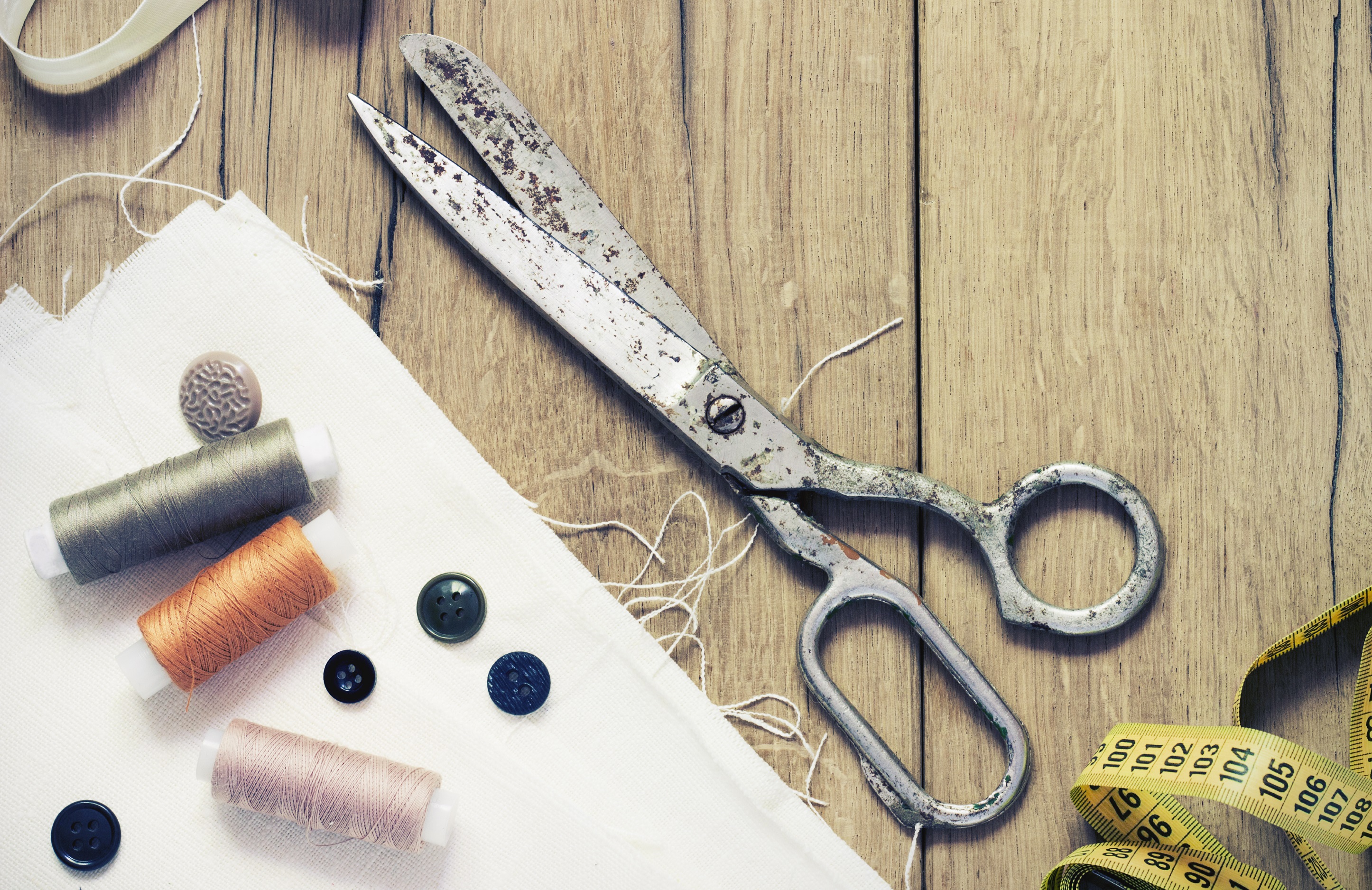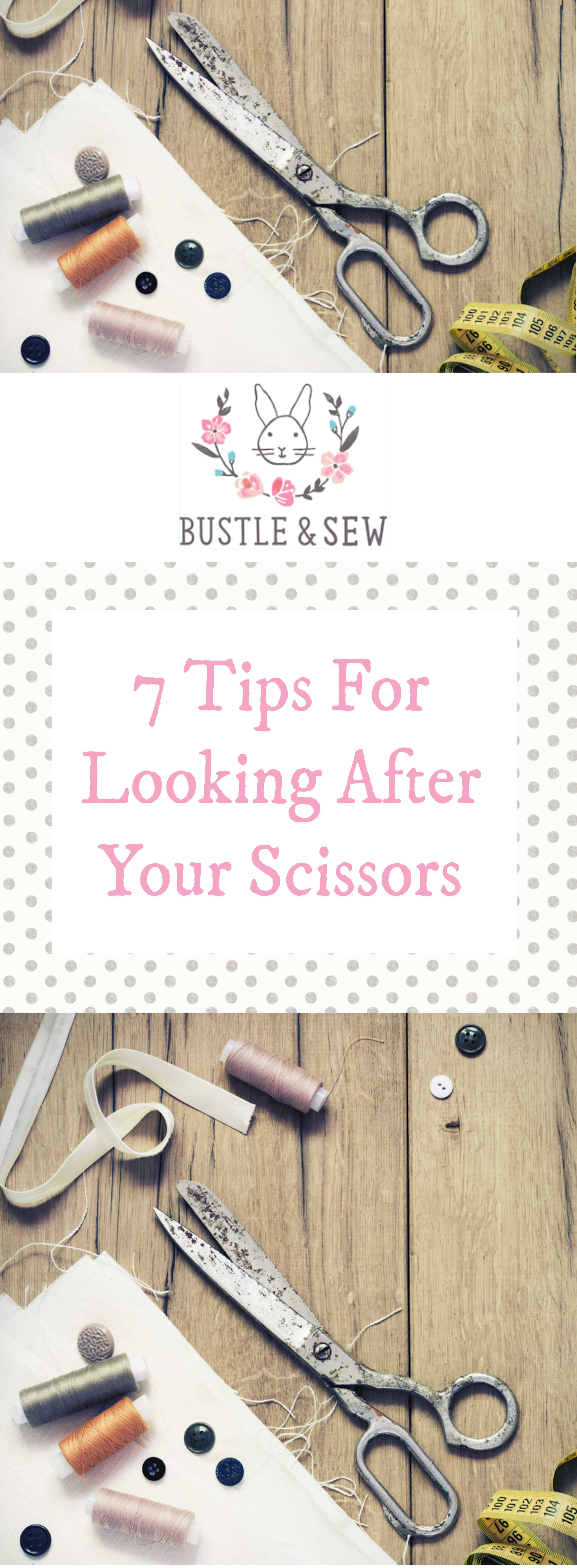
Christmas can be a very stressful time of year for the proud possessor of a pair of large fabric shears. The whole family are competing for paper, tape and twine – and something to cut them with, as the annual present wrapping frenzy gets underway. Here’s our top tips for caring for your Scissors this Christmas and all year long…
1 Sharpen your scissors often. As your scissor blades become blunted over time, it will become increasingly difficult to cut fabric, especially heavier-weight fabric or jerseys. You can use a specialised scissor sharpener to keep your scissors sharp at home or take them to a sewing machine repair shop for a periodic service (!) You don’t have to buy a new pair of sewing scissors just because they are starting to get dull.
2 Only ever use your scissors for fabric. Guard them jealously and NEVER let anyone use them to cut paper. You may remember your mum or grandma telling you not to use their sewing scissors on anything but fabric. They weren’t being mean, it was because sewing scissors become dull more quickly when they are used on items other than fabric.
3 Pressing your work as you go is a must for most sewists, but irons usually have water in them so we can steam as we press, and the steam really isn’t not good for your scissors. Don’t leave your scissors on your ironing board as you work or even after you’ve finished, as your board will retain the moisture from the iron’s steam a lot longer than you might have thought.
4 Try not to drop your scissors as the bump when they hit the floor can knock their blades out of alignment. This can happen even if you drop them on carpet, but the worst damage will be done by wood or concrete floors.
5 It’s a good idea to wipe the blades with a soft cloth after using your scissors. Some fabrics are abrasive and can damage the metal on your scissors, especially some man-made fabrics. If your sewing scissors have a sticky residue on them (eg. from Bondaweb if you’ve been doing applique work), then use a little bit of water and a soft cloth to wipe them clean. Make sure to dry them completely afterwards to prevent rust.
6 For the best possible cutting experience, the blades of your sewing scissors need to be tight. Many will have a central pivot screw that can be tightened with an ordinary household screwdriver. Just tighten the screw and apply a drop of oil to the screw (wipe any excess oil).
7 Watch out for hidden hazards and be sure never to use your good fabric scissors for cutting wired ribbons, paper patterns and Bondaweb. Guard against the perils of pins – a serious enemy to the smooth operation of your scissors. If you’re pinning a pattern to fabric before cutting out, then make sure your pins don’t protrude beyond the edge of the paper. This will prevent your accidentally cutting over a pin cutting the fabric. Using glass-headed pins will help you spot them as you go.
Let us know your top tips for looking after your scissors by posting below!

I find using my fabric scissors to cut through a piece of fine sanding paper, at the end of a cutting session, keeps them sharp and clean.
Thanks Jo for sharing this tip xx